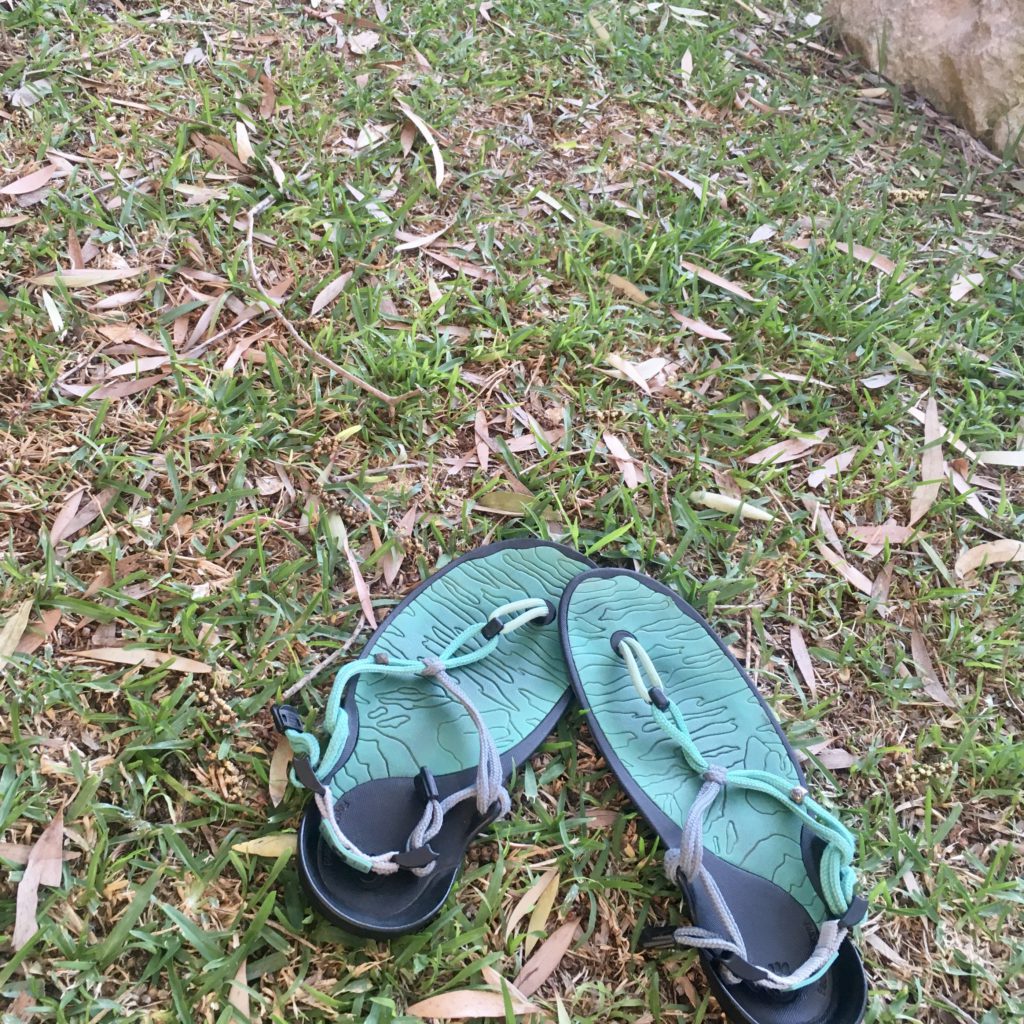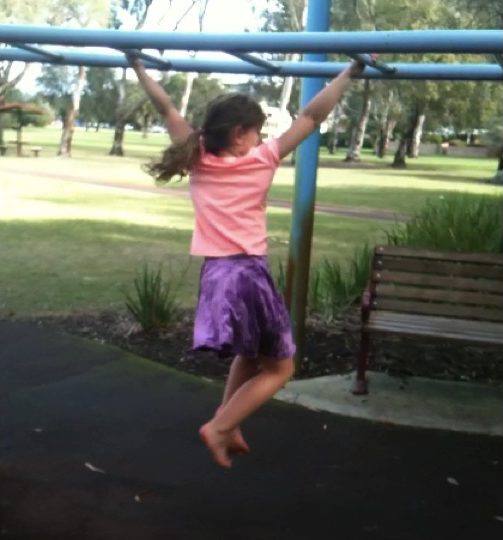Managing stress with movement is a useful way to support our health and well-being. In an era of daily stresses to our mind, body and spirit, we need to adopt behaviours that mitigate potential negative effects to our health.
Managing stress levels in our modern culture has become a constant balancing act between work, family, and personal fulfilment. Many people are just barely holding to that balance, and if something emotionally traumatic happens, we lose our balance and end up in a fetal position in bed under the covers.
Going fetal isn’t necessarily a negative reaction. Curling up and hiding is something that we all need to do at crucial times in our lives. It enables us to stop and to let ourselves be still, so that we can listen to our hearts and heal. I consider it to be vitally essential for our mental well-being.
An unfortunate side effect of this is that self-care generally takes a back seat. Meaning we don’t eat properly, we isolate ourselves from friends and family and exercise becomes a faint notion. In fact, we barely move beyond shuffling from the bed to the couch! If we linger for long in this state, we will really start to feel like crap. I mean, even CRAPPIER! So, we need to have some movement strategies to manage our stress. Movement that fulfills us and increases our sense of enjoyment, happiness, restoration, invigoration and hope.
Managing Stress with Movement
What Is Movement?
Movement involves you exploring and manipulating your environment with your body. I recommend starting with relaxing, restorative movement that you enjoy and you can do anytime, anywhere; like breathing, walking, hiking, playing, gardening, swimming, skipping, bicycling, climbing, scampering and goofing.
How Does Movement Help To Manage Stress?
Increased movement along with exercise has been shown to have positive effects on your brain chemistry. Movement can help restore balance to the amount of neurotransmitter hormones being released in your brain. Neurtransmitters such as dopamine, serotonin, norepinephrine, epinephrine and oxytocin are there to stimulate or calm your brain. Balancing the release of these neurotransmitters helps to reduce feelings of anxiety and depression while calming the brain. You can experience improvements in your mood and energy levels and improvements in your ability to focus and remember. You can also benefit from improvements in how your immune system functions and a normalization of your sleep cycle.
How often should you move?
Everyday, throughout the day!
9 Steps to Managing Stress with Movement
1. BREATHE
Your life depends on it. Take five minutes to slowly, Mindfully Belly Breathe. Move your diaphragm to inhale air and to exhale air. Feel your tummy rise and fall as you fill your lungs and empty your lungs. Think of nothing else but the movement of your tummy and the sound of your breath. Inhale and Exhale.
2. DRINK WATER
Keep your water bottle with you and drink while you move. Hydrating while you move helps to pump water into the tissues that are working and to cycle waste products out.
3. WALK
Walks are easy to do and they make you feel great. Do it outside barefoot if weather and location permit. Start with a couple of short walks a day. In my opinion, several shorter walks are better than one long one so that you get frequent doses of movement during the day.
Frequent movement will help to spread the invigorating benefits of oxygen, sunlight and feel good hormones throughout the day rather than one big dose that diminishes after a while.

Plus, shorter doses of say 10-15 minutes, of movement are easier to talk yourself into than 60 minutes, right? Once you get going, I have a feeling you will go longer because you are enjoying yourself!
4. GO OUTSIDE
Check out my Benefits of Outdoor Training article here. In addition to the health benefits mentioned in the article, here is another key benefit…
Moving outdoors and getting a little exposure to natural sunlight gives you a dose of Vitamin D. which is used in the production of Serotonin.
Serotonin plays a role in regulating your mood and behaviour and your appetite and sleep patterns. It also has a role in regulating your cardiovascular and endocrine systems. Low serotonin levels are associated with depression and a depressed immune system function. So, go move outside and make some serotonin!
5. ADD VARIABLE MOVEMENT
As your mindset starts to improve, add some variable movement to your day as well as walking. Move your body in as many ways you can think of, as often as possible. Use your body to bend, twist, reach, lift, push and pull. The only limit is your imagination. If you need inspiration…
Go to the beach and play in the sand!
Why Variable Movement?
Multi-dimensional and variable movement gets the body moving as an integrated whole. It demands more tissues to turn on and to activate. This is important, because movement pumps blood and hydration into the working tissues. Muscles, fascia and cells that are stimulated to move and contract are the muscles, fascia and cells that receive life giving water, oxygen, garbage removal and restoration. The muscles, fascia and cells that aren’t asked to move GO WITHOUT.
With stillness comes stiffness. If you don’t give your body the opportunity to move, it will start to hurt.
Feeling like crap
is your body’s invitation for you to MOVE IT!
6. PLAY
Go to a playground and do what the kids are doing.
Or…do your best anyways,
cuz kids are amazingly strong and agile.
7. MOVE YOUR MOUTH
Okay, that may be a bit tongue in cheek. But moving your mouth and sharing your troubles with friends, family or a counsellor will have a huge benefit towards easing your mind. Personal connections not only help you feel supported and loved, but they also help to stimulate the release of oxytocin. Oxytocin is a natural anti-inflammatory. It stimulates the blood vessels to stay relaxed rather than constrict during times of stress and it helps the heart regenerate and heal from stress damage.
8. MOVE WITH A FRIEND OR COACH
- Walk or exercise with a friend.
- Help your neighbour garden.
- Book a session with a trainer who appreciates the nourishing benefits of movement.
- Walk to your appointments or park far enough away to have to walk 5-10 minutes.

9. KEEP MOVING
Working through difficult times is a process and will not be solved within just a few minutes or a few days of movement, no matter what you do. But, you will find that if you get up and move your body, your brain will think more clearly and your body will feel a lot better. With a clearer mind and a freer body, you may experience a little clarity about your situation or find a small solution that helps you to manage stress and sadness a little better. A few hours of movement is not going to solve all of your problems instantly, but managing your stress with movement will help to lead you, STEP BY STEP, toward your solutions with a clearer mind, a healthier body and a more positive outlook.
WHO AM I?
I am not a doctor or a psychologist. I am an Exercise Consultant who recognizes the healing power of movement and the support of loved ones to help navigate troubling times.
My passion is to help my clients enhance their mental, emotional and physical enjoyment and vitality in life through optimising their movement.
Thank you for reading.
Looking for support or have some love to share?
Leave a question or comment at the bottom of the page.


1) FASEB J. 2015 Jun;29(6):2207-22. doi: 10.1096/fj.14-268342. Epub 2015 Feb 24.
Vitamin D and the omega-3 fatty acids control serotonin synthesis and action, part 2: relevance for ADHD, bipolar disorder, schizophrenia, and impulsive behavior. Patrick RP1, Ames BN1.
- 1Nutrition and Metabolism Center, Children’s Hospital Oakland Research Institute, Oakland, California, USA rpatrick@chori.org bames@chori.org.
2) https://www.ted.com/talks/kelly_mcgonigal_how_to_make_stress_your_friend/transcript?language=en#https://www.ted.com/talks/kelly_mcgonigal_how_to_make_stress_your_friend/transcript?language=en#



4 replies to "Managing Stress with Movement"
Stress is indeed the weak link that is the cause of all disease, illness and sickness. Thank you for underlining the importance of getting up and moving around, it is so therapeutic and it is the first thing I do when I feel overwhelmed.
It’s unfortunate that so many people just give up and wallow in their stress because it only leads to ailments and obesity. Your article here provides some practical steps that people can take, thanks!
Hi Andrea,
Thank you for visiting the site and for your comment. I firmly believe that developing a habit of getting up and moving is the first step towards emotional and physical wellness. It is the catalyst that can help enable someone suffering from overwhelming pressures to make empowering choices towards improving their situation.
Best to you!
Hi Tammy,
It’s funny that we often need to be reminded to use common sense (which they say is not that common!). Your advice here is excellent, and simple to incorporate into my daily activities.
I started doing some yoga recently and found that it was fantastic for relieving my stress levels, is this because of the same effects that you have talked about here?
Thanks.
Hi Brad,
Thank you for your comment. Yes, that is absolutely correct. Yoga also encourages mindfulness with it’s mental focus on working with the body and controlled breathing. The benefit being a calmer mind with less random thoughts coursing through it and a stimulation of the parasympathetic nervous system which helps to balance the release of neurotransmitters; resulting in a calmer and clearer state of mind.
I encourage you to keep doing movement that you enjoy because that is where you receive the best benefit and best potential for continuing the activity.
Cheers!